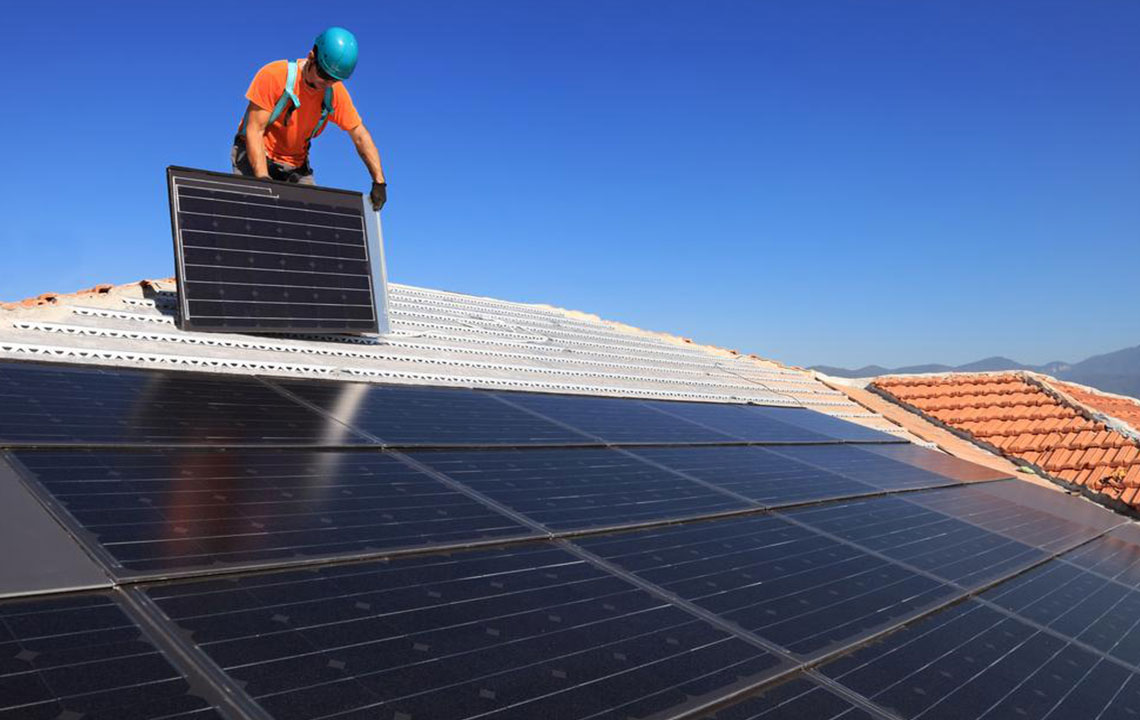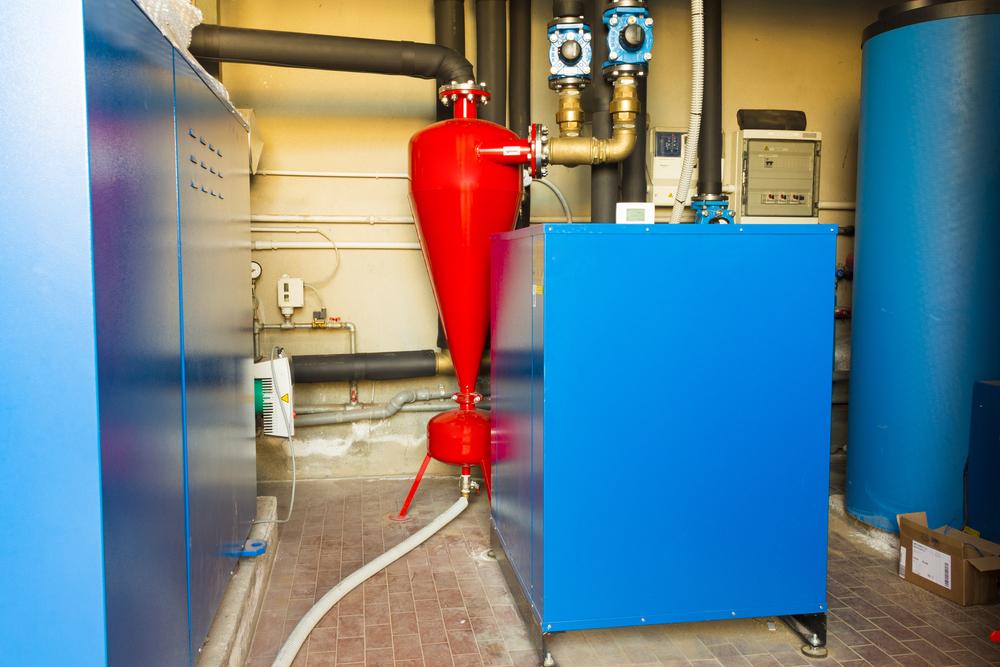Innovative Solar Shingle Solutions: Costs, Advantages, and Buying Guide
This article explores the costs, advantages, and purchasing tips for solar shingles, an increasingly popular sustainable home energy solution. It covers system types, factors affecting prices, ROI expectations, incentives, and installation considerations, helping homeowners make informed decisions. Solar shingles are aesthetically pleasing, durable, and an effective way to harness solar energy, with various options available to suit different budgets and needs. Professional advice and proper permits are essential for a successful installation and maximizing benefits.

Innovative Solar Shingle Solutions: Costs, Advantages, and Buying Guide
The shift toward sustainable energy has led to increased popularity of solar-powered systems, which help reduce electricity costs and lower environmental impact. Installing solar shingles, however, can be a significant investment. Homeowners should evaluate various factors—including materials, quality, features, and trusted brands—to make informed decisions and maximize value. By researching different options, they can better understand the costs involved and select the most suitable system for their needs.
Understanding Solar Shingles
Solar shingles—also called solar tiles or solar roof tiles—are tile-shaped photovoltaic panels installed directly onto rooftops. Though smaller than traditional solar panels, they function similarly by capturing sunlight to generate electricity.
The system incorporates building-integrated photovoltaic components, along with an inverter and circuitry, channeling solar energy through wiring into the home. Typically, solar shingles measure about 12 inches wide by 86 inches long. Depending on the roof's size, approximately 350 shingles may be needed for a standard house, but this varies based on manufacturer recommendations and installation specifics.
Typical Cost Range
The growing market and technological innovations have prompted manufacturers to compete for better prices. On average, a solar roofing system can cost between R60,000 and R150,000, influenced by size and features.
Determinants of Price
Market demand, material costs like silicon and copper, and global supply chains affect overall pricing. Seasonal factors can also impact costs. Important aspects include:
System Capacity: Larger systems with higher output typically cost more upfront. For example, a 20 kW system costs more than a 13 kW setup due to increased components.
Type of System: Grid-tied systems are usually less expensive than off-grid options, which require additional batteries and equipment for independence.
Inverter Choices: High-quality inverters, especially those with monitoring features and high efficiency, increase initial expenses but improve performance. Micro-inverters, suitable for partial shading areas, cost around R10,000 to R80,000. For instance, Tesla's solar roof with Powerwall batteries averages about R87,490 for a 12-panel system.
Installation Complexity: Custom roof designs, shading issues, and mounting requirements can add to costs. Installation fees can range from 20% to 30% of the total system price.
Return on Investment Expectation
While the initial investment can be substantial, homeowners typically recover costs within 5 to 8 years through savings on energy bills. Smart monitoring systems can provide real-time data on energy production and consumption, optimizing system performance and maximizing financial benefits over time.
Incentives and Financing Options
Government rebates, tax incentives, and financing solutions such as green loans or flexible payment plans can make the transition to solar shingles more affordable and accessible.
Advantages of Solar Shingles
They blend seamlessly with the roof, maintaining aesthetic appeal.
They contribute to reducing energy costs and environmental impact.
Designed for durability and weather resistance, with warranties covering wind speeds and energy output levels.
Suitable for most homes, working effectively even on overcast days due to their ability to utilize diffused light.
Buying Tips for Solar Shingles
Evaluate Your Energy Needs: Analyze your current electricity consumption to determine the number of shingles required and estimate long-term savings.
Select Appropriate Materials: Different solar shingles vary in efficiency, flexibility, weight, and cost—choose based on your roof size and budget.
Seek Expert Advice: Consult qualified professionals for roof assessments and system design. Check reviews and credentials, and obtain multiple quotes to ensure quality service.
Secure Permits: Verify local regulations and obtain necessary approvals before installation to ensure legality and smooth process.
Disclaimer
Our blog provides valuable insights based on research and industry data. However, it should not be considered definitive or exhaustive. For specific schemes, offers, and personalized advice, consult professionals or local authorities. We are not responsible for discrepancies or inaccuracies in external sources.










